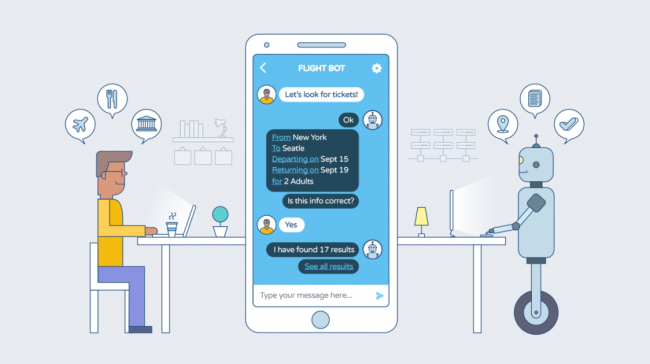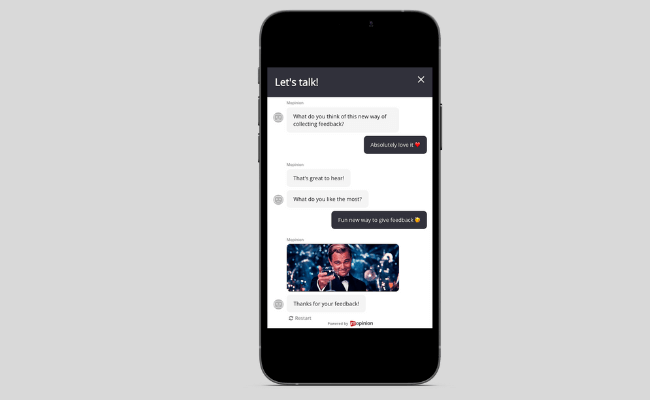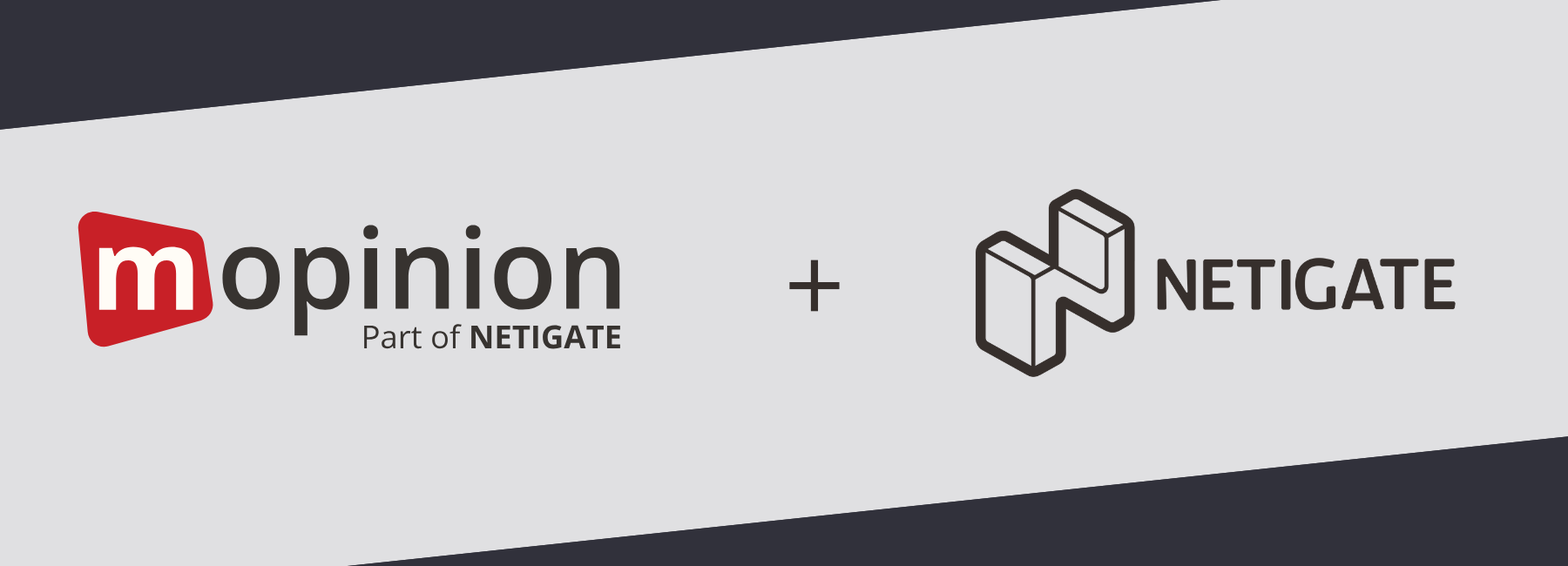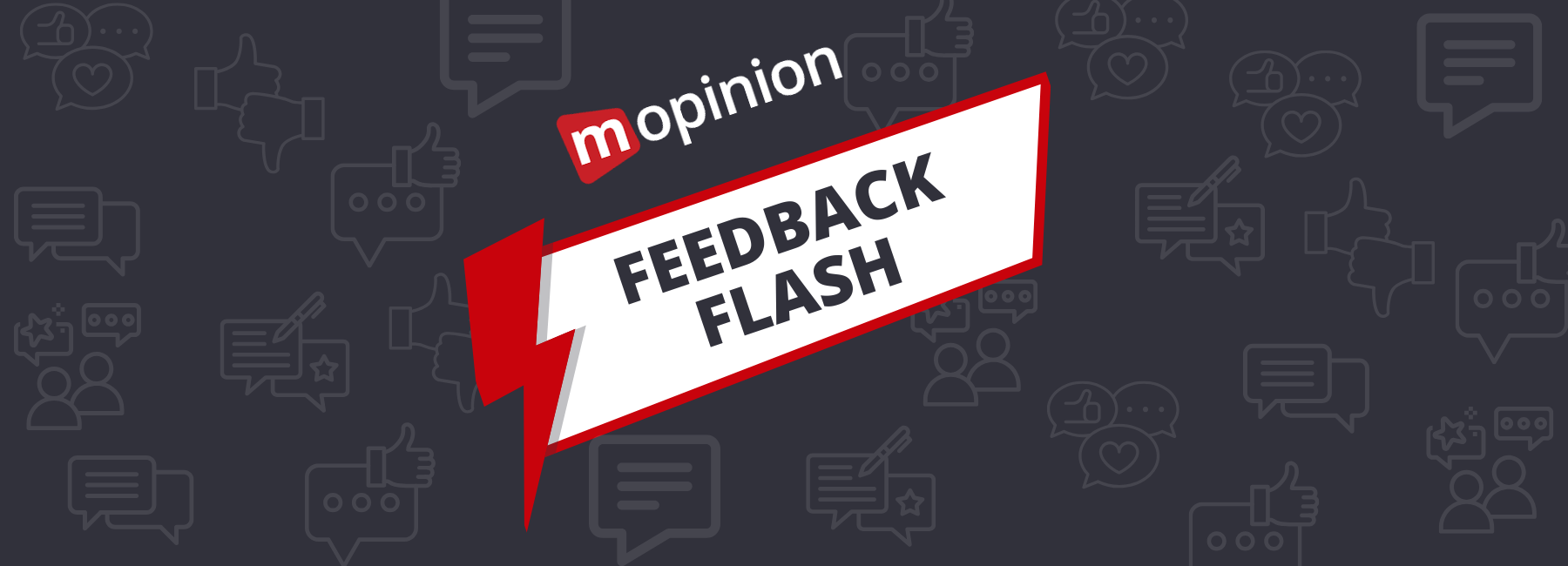Relatable. Personal. Fast. Human. There are a number of reasons why more and more organisations are incorporating conversational marketing into their greater marketing strategies. The term – first coined by marketing and sales company, Drift – has taken hold of the marketing world and is changing the way we communicate with our prospects and customers. According to a 2021 study carried out by Drift, more than half (50.7%) of companies engaging with conversational marketing say it allows them to reply faster to questions posed by visitors. So the question is, is this new phenomenon going to be a game changer for digital-first organisations?
In this article we will explain the following:
- What is conversational marketing?
- Advantages of conversational marketing
- Disadvantages of conversational marketing
- A good conversational marketing strategy
- How to enable personalised conversations
- Measuring the effectiveness of conversational marketing
What is conversational marketing?
A product of the conversational transformation, conversational marketing is an approach to marketing that is based on dialogue and customised interactions with customers. These one-on-one interactions are intended to both foster a relationship with the customer, while simultaneously helping improve the customer experience and enable these customers to achieve their online goals. So what constitutes a good conversation? One that ‘begins with a fundamental level of agreement and proceeds towards a shared outcome’. In other words, it must have the right context and be goal-oriented.

So what’s good about it, and what do you – as a brand – need to be cautious about? Let’s take a look at some of the advantages and disadvantages of conversational marketing.
What are the advantages of conversational marketing?
- Humanises the customer experience. Conversational marketing gives CX a more human touch. Especially if the interaction is personalised and relevant to the person on the other end.
- Increases customer engagement. More one-on-one interactions will encourage your customers to reach out and engage with your brand.
- Gives your sales funnels a boost. Organisations can quickly identify and qualify leads as they come in, or better yet, help them convert!
Even when people know that they are having a conversation with a computer, it’s surprising to see that they not only appreciate that the computer has empathy — they expect it.
IBM Research Manager David Konopnicki
What are the disadvantages of conversational marketing?
- If used incorrectly, it can lead to customer frustration. It isn’t necessarily a ‘conversational interaction’ if the customer is left frustrated at the end of the conversation. It is important that companies remain goal-oriented and actually provide value for their customers, rather than just implementing a new technology for the sake of implementing it.
- Potentially lose insight into customer needs. A lot of companies still work with authority-oriented design, meaning that one person says you should have a feature (like a chatbot) and the team makes it happen – no questions asked. This leads the company away from focusing on what the customer wants and causes them to lose sight of what the customer thinks is valuable.
Notice a trend? By addressing the customer and understanding what they deem valuable, you won’t have to face any setbacks with conversational marketing. That is why it is so important to give your customers a platform for voicing their opinion… but we’ll get to that below.
A good conversational marketing strategy
When working with conversational marketing, it’s important to have a good, strong strategy in place. This strategy will not only help guide you in deciding what kind of solution you will employ to achieve your conversational marketing goals, but it will also help you lay out what those goals are in the first place. For example, what kinds of conversations would you like to engage in and which problems are you looking to solve?
To define your strategy you’ll need to:
- Identify WHERE you want to have a conversation. For example, which channels (i.e. website or mobile) and which pages would you like to use to reach out to your customers. Think about which funnels will be most effective towards reaching your goals. Do you want to have a conversation with your customers on product pages, FAQs, or while they’re shopping?
- Identify WHY you want to have a conversation. Think first about the kind of information you hope to give and receive from conversational marketing. Are you hoping to provide better customer service? Or you want to learn more about the customer and their online experience?
- Define the questions you want to ask. Based on these first two, you can then start laying the groundwork for the solution you wish to use. What do you want to ask your customers? And depending on their response, how do you want to continue the conversation? This one is really important for conversational feedback as solutions that offer this enable you to program the entire conversation yourself!
- Determine your analytics method. How far are you willing to go to measure the effectiveness of your conversational marketing efforts? Do you want to make this data part of your greater digital strategy, i.e. monitoring KPIs, customer behaviour, etc?
Once you have your strategy planned out, it’s time to select a solution.
Enabling personalised conversations
While conversational marketing encompasses just about any form of two-way communication between a brand and its customers (i.e. phone and email), there are two growingly popular solutions that are taking preference among consumers: chatbots and conversational feedback.
1. Chatbots
While chatbots have been used as an automated conversational marketing tool on websites and mobile apps for a few years now, this technology has since improved tremendously. If you look on several different websites, you’ll see these tools in a number of different shapes and sizes. They often vary in technology as well, from very intelligent chatbots that leverage artificial intelligence to more simplistic button-based chatbots.
So what’s all the fuss about? Chatbots offer up a number of different benefits, including:
- Instant gratification. With an online agent available on the other end, visitors are quickly provided with answers to their questions.
- Visitors can multitask whilst waiting. Visitors have the freedom to do what they want while waiting for a response, as they are not stuck on the line with a support representative.
- Builds up loyalty. 63% of customers said that they were more likely to come back to a website that offers live chat.

Source: Chatbots Magazine
Chatbots can be used for a number of different purposes, whether that’s providing information regarding products and services, promoting content, qualifying leads, or simply helping a customer navigate your website.
All great reasons to employ a chatbot…but what about user feedback? And even if you can convert your chatbot into a feedback solution (which some organisations do), how will you analyse the feedback coming in?
2. Conversational feedback
Conversational feedback is a relatively new-to-market approach to conversational marketing. This type of feedback allows organisations to collect feedback in a way that is casual, fun and personal, allowing customers to really open up. The result? Increased response rates and even richer insights.
A relatively innovative solution, this type of feedback is still scarcely offered within the customer experience software market. However, a few user feedback software such as Mopinion have recently released their own conversational feedback solutions.

Source: Mopinion
For customers, conversational feedback is just like chatting with an employee from the organisation. By way of a pop-up survey, feedback button or an embedded survey, the customer is presented with what looks like a chat. Implementation is simple in that conversational feedback forms in software like Mopinion are just like standard feedback forms in terms of how easy they are to build and how insights are gathered.
Using techniques such as form logic or question routing, the organisation has the freedom to determine which questions will be asked and depending on the customers’ answer (the logic), the relevant answer will appear. Therefore, rather than leveraging ‘bot technology’, you are providing an even more human experience with human-programmed surveys.
And to take it one step further, the feedback you receive from conversational feedback can be analysed just like regular feedback.
Measuring the effectiveness of conversational marketing
Having so many one-on-one conversations with your customers begs the question: how can these interactions be analysed? In other words, how can you measure the effectiveness of conversational marketing?
This can be done just like any other marketing channel – depending on the solution you’re using. For example with chatbot technology, platforms such as Drift can provide users with dashboards that manage quantifiable data such as the number of leads captured or qualified using chat. Alternatively, users can keep track of how many meetings / demos have been booked or scheduled.
However – if you wish to truly humanise the process – it’s also important to analyse interactions dealing with customer feedback. That is where many chatbots fall short unfortunately and actually one of the main reasons many organisations are now starting to employ both solutions (chatbots and conversational feedback) rather than just one.
Similar to regular feedback analytics, all data collected from conversational feedback can be analysed in your dashboards and charts. This is advantageous in that key bottlenecks and trends can quickly be identified and handled quickly.
Join the conversation!
Your customers expect interactions with your company to be effortless, meaning it’s time to level up your marketing strategy. The conversational transformation is upon us, which makes now the perfect time to start employing solutions that cater to conversational marketing.
As we mentioned, there are various ways of striking up a conversation with your customers and putting them on the path to success. And whether you decide to leverage chatbots, conversational feedback or both, you’ll be better equipped to build trust and create more meaningful interactions with your customer base.






